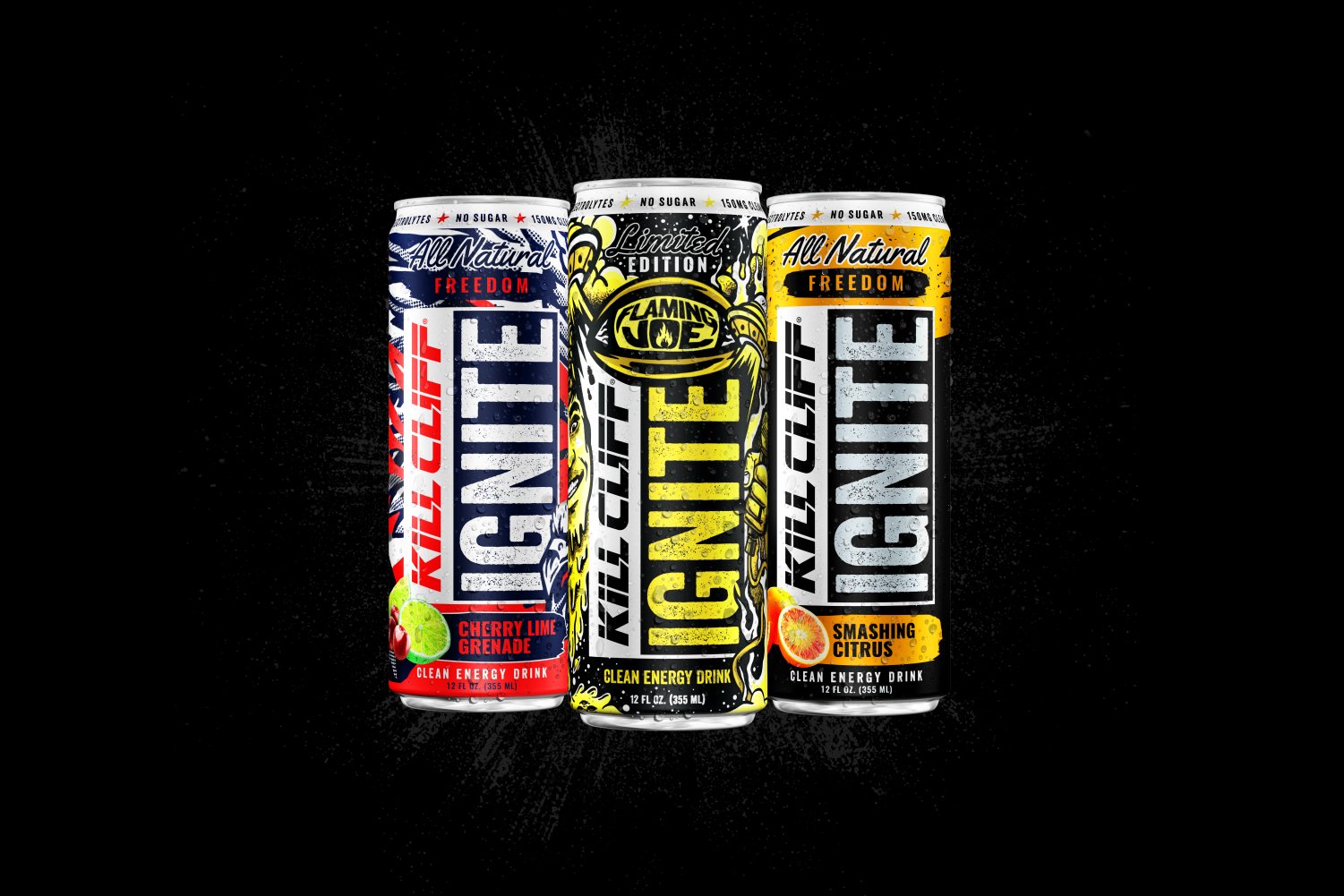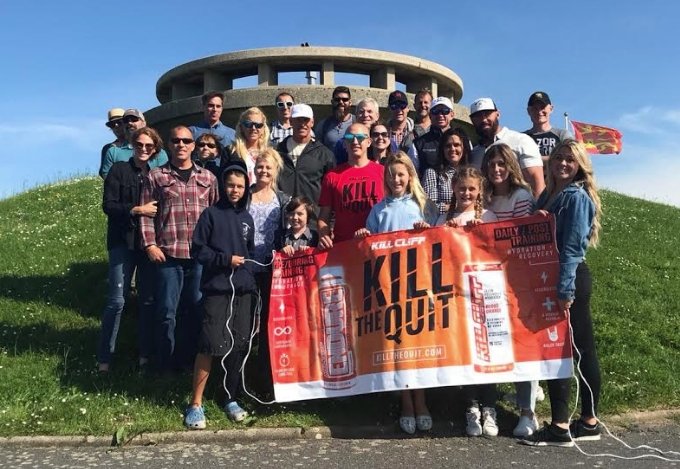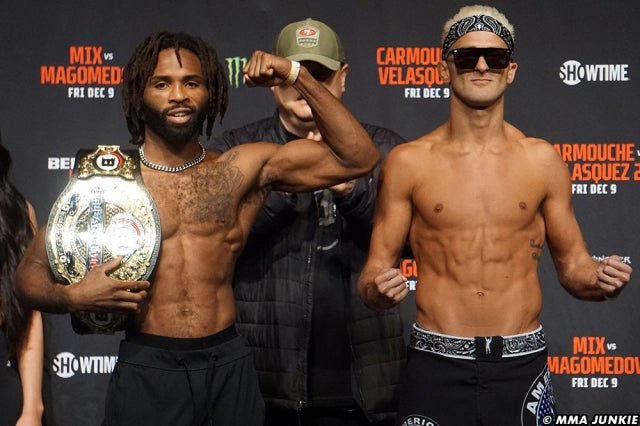
Epic Charity Challenge, founded by retired Navy SEAL Lance Cummings, has raised over $330,000.00 for select charities. Epic Charity Challenge is a self-funded yearly event that focuses our fundraising efforts on select Non Profits that match our goals and values.
Epic Charity Challenge has donated to organizations such as the Navy SEAL Foundation, Glen Doherty Memorial Foundation, The Navy SEAL Museum Trident House Program and the National Ability Center.
KC: Was it always a dream of yours to be a SEAL?
LC: My career path started when I was 22. I was scuba qualified on a demolition crew. My cousin told me about the SEALs and that it was everything I was doing now. I could get paid to do everything I was already doing, and I said, “sign me up.”
KC: For you, what was the best part of your SEAL experience?
LC: That’s a tough question. Working with a group of guys every day that are bringing their A-game to the tables with challenges along the way was probably my favorite part. It wasn’t that it was daunting because we were set up for success by everyone around and above you. Once you are through with all of the training, everyone wanted you to succeed. That was the highlight of the whole career for me. Lots of cool traveling and things to do as well. It was similar to working as a police officer. Hours of boredom but the excitement was worth it.
KC: How did the idea of the Epic Charity Challenge come about?
LC: I was thinking about doing events in iconic parts of the world that would be beneficial for the attendees and the charities. Still setting the bar high, but not so high that a number of people can’t do it. Going and doing an adventure race is great, but it means so much more when many people will benefit from it. We get to overcome feats and help others while doing it. It’s motivating that every step we take is helping so many.
KC: In your first two challenges, you essentially recreated D-Day and King Leonidas & Sparta warrior march. Which was more challenging to complete?
LC: The Sparta march was eight days and 30 miles a day. It was a longer event and there was attrition along the way. I tried to program and give people a roadmap to follow, but that’s about all I can do to help them. Each day was 30 miles and hopefully, you woke up recovered the next day. Seeing Greece the way we did was incredible. It was a walk-through history that I’ll never forget.
KC: In 2019, you and 30 elite athletes will travel to the Philippines to retrace the steps of the historic Bataan Death March. What about this challenge are you most excited about?
LC: The trip will be challenging itself. It can be a solo march or in teams of two or three. The march means so much to the survivors in the Philippines. There are markers along every mile of the route to commemorate the march. There will be some mental challenges along the way, especially going solo for 30 hours. That’s just a mental challenge in itself. Trying to make it a beneficiary for the National Abilities Center, an organization that caters to athletes of mental and physical challenges. By doing that, that adds to the payback you get for doing the event. It makes the struggle worth it.
KC: What has been your inspiration for the challenges you have chosen thus far?
LC: Initially, I’m looking for iconic locations where something happened, and history was somehow made. I’m looking for those specific events and a course that was taken during the event. That’s kind of the foundation of the location. The Bataan death march was one of the largest surrenders in world history. That was something that when you’re along that route and having a pity party for yourself, you can think about the men that passed away or managed to survive that march.
KC: What does Kill the Quit mean to you?
LC: I look at it like it’s a cliff that you’re about to jump off. You can fall off of it if you’re about to submit to fatigue. Once you fall off that cliff there is no turning back. Don’t let yourself get to that cliff. Take preemptive measures before. Be tough and train that toughness both mentally and physically. That’s what killing the quit is all about. Once you quit for the first or second time, it gets easier and easier and you lose your integrity. Killing the quit is about not going there.








